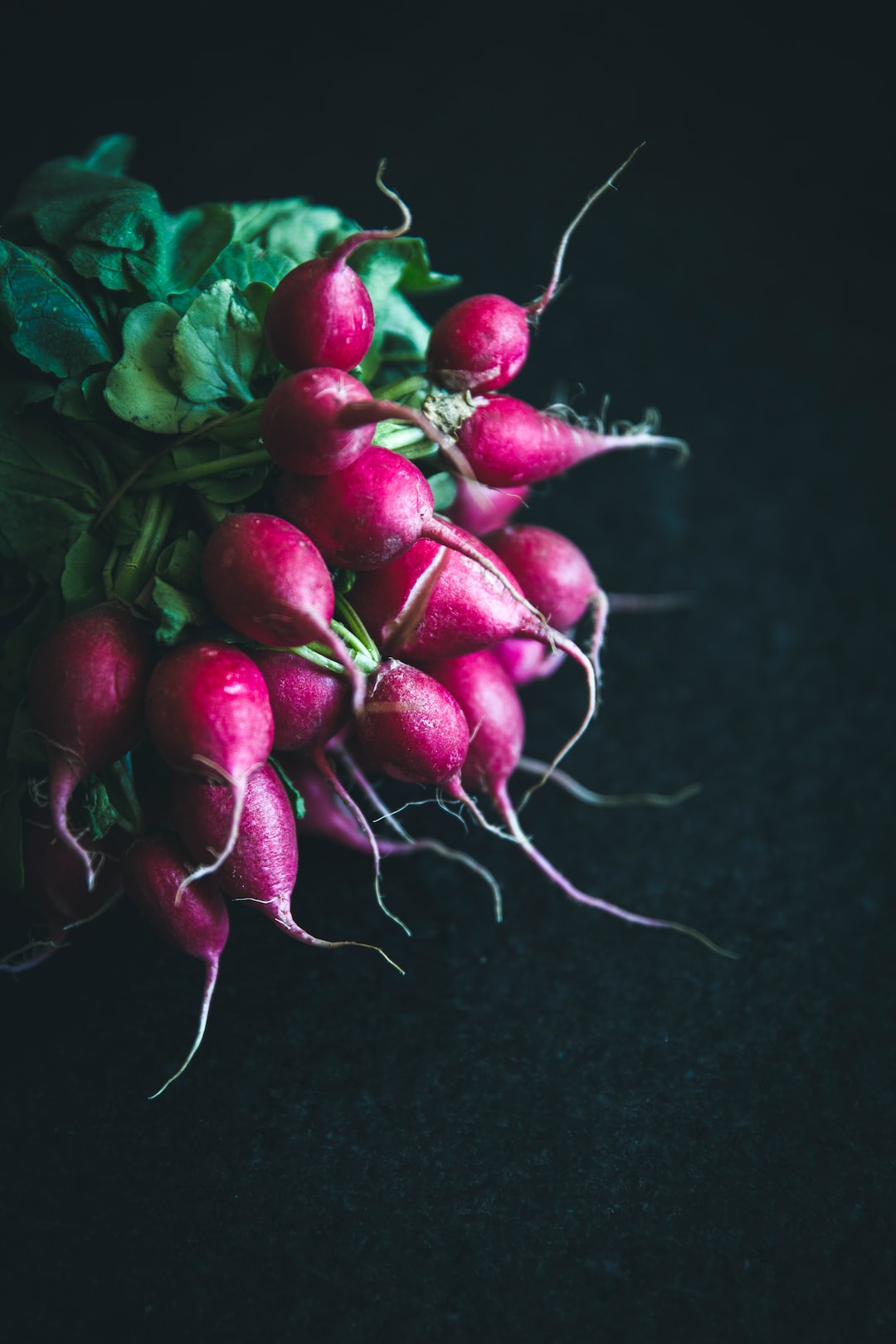Uncovering the Secrets of Food Photography: Tips for Capturing Stunning Images
In the age of social media, where everyone is a self-proclaimed food critic and amateur photographer, it’s crucial for food establishments to keep up with the latest trends and techniques in food photography. A mouth-watering image can make or break a restaurant’s reputation, attracting new customers and leaving a lasting impression. So, how do you capture those stunning images that make people drool over their screens? Let’s uncover the secrets of food photography together!
1. Start with great lighting:
Lighting is the foundation of any good photograph, and food photography is no exception. Natural light is your best friend when it comes to capturing vibrant and appetizing images. Set up your shoot near a window, taking advantage of diffused sunlight. Avoid harsh artificial lighting that can create unflattering shadows or alter the colors of your dishes.
2. Pay attention to composition:
Composition plays a crucial role in food photography. Instead of placing your dish in the center, try experimenting with the rule of thirds. A well-balanced image with some negative space can create a more visually appealing composition. Additionally, consider the height and angle from which you’re shooting. Experiment with different perspectives to find the most favorable one for each dish.
3. Use props to enhance the story:
Props can add depth and context to your food photographs. Think about the story you want to tell with each image and select props accordingly. For instance, a rustic wooden cutting board or a colorful napkin can complement the aesthetics of a homemade dish. However, be careful not to overcrowd the frame; the focus should remain on the food.
4. Style the food thoughtfully:
Before you start shooting, take some time to style the food. Pay attention to the placement of each ingredient, making sure they are evenly distributed and visually appealing. Small tweaks like adding fresh herbs, drizzling sauce, or crumbles can make a huge difference in elevating the overall appearance of the dish.
5. Experiment with different camera angles:
Don’t limit yourself to shooting from eye level. Take the liberty to explore different camera angles to capture unique perspectives. For instance, a top-down shot provides a birds-eye view that showcases the arrangement of ingredients, while a close-up shot highlights the textures and details of the individual elements.
6. Edit your photos:
Post-processing is an essential step in the world of food photography. Use editing software like Adobe Lightroom or Snapseed to enhance the colors, brightness, and sharpness of your images. However, remember to maintain a natural look and avoid over-processing. You want your food to look appetizing, not artificial.
7. Consistency is key:
If you’re representing a food establishment, maintaining a consistent visual style across your food photography is vital. This creates a cohesive and recognizable brand identity. Develop a set of guidelines for your photography, including colors, props, and overall aesthetics, and stick to them.
In conclusion, food photography is not just about capturing images of delicious-looking dishes. It’s about storytelling, composition, and creating an emotional response in your audience. By using natural lighting, thoughtful composition, and styling, along with editing and consistency, you can unveil the secrets of food photography and capture stunning images that will leave your viewers craving for more. So, grab your camera, plate up your masterpiece, and get ready to capture the essence of your culinary creations!
